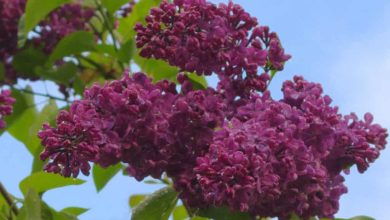Onion Pests and Diseases: Complete Guide
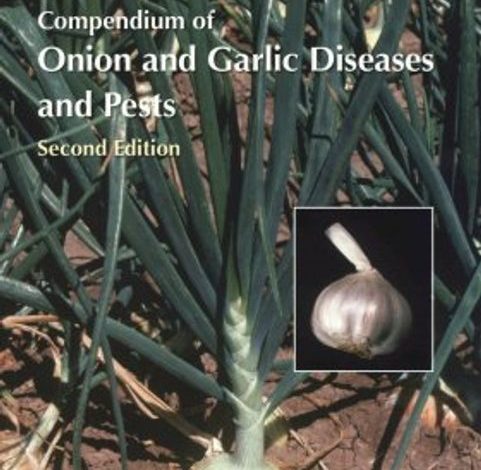
Good afternoon Agrohuerters, many of you will have onions in your gardens, since it is one of the seasonal vegetables. That is why today we are going to see what the most common onion pests and diseases are and how to avoid them.
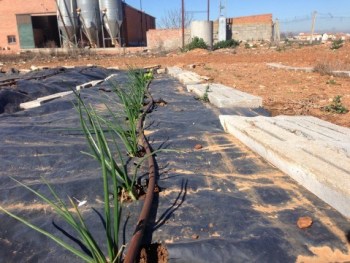
Most important onion pests
Onion fly (Phorbia antiqua)
Whitefly larvae penetrate the interior of the plant and grow within it. They feed from the inside, and this causes wounds, which can end in bacterial rot, the plant can die. Special care must be taken in seedbeds and seedlings, since very little time passes from when these symptoms are appreciated until the small plant dies. The damage it causes in these cases is irreversible, because it also causes the bulbs (onions) to rot.
As prevention measures: Very humid land with excess organic matter must be avoided, use crops that attract natural enemies of the onion fly, these can be Broccoli, cauliflower, cabbage or cabbage. As a crop association it can be done with carrot or garlic.
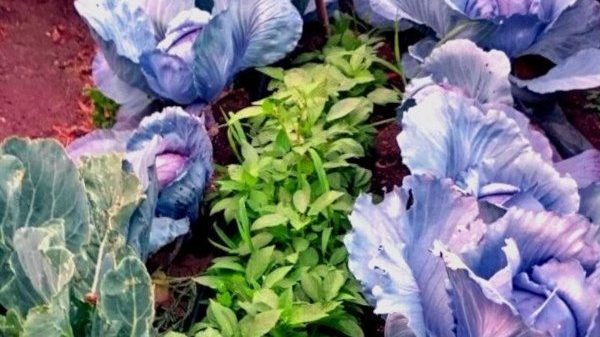
Another option is to do an early crop of onions or leeks as soon as possible and if they are affected uproot and destroy them, never add them to the compost. If we already have this pest in our crop and it is very affected, the ideal thing to do is to remove the plants that are sick, it is difficult to recover the affected plants, so it is better to carry out the aforementioned preventive treatments.
onion ringworm
This pest is also known as leek moth, it actually affects garlic, leeks and onions. The damage it causes is perforations in the leaves that end up being totally destroyed, and in the onion the outer layers are also affected, being destroyed.
As prevention, it is recommended to carry out its cultivation well into the summer in warm areas, at the end of the cultivation cycle remove all its remains, use traps with white or blue adhesive plates, and plates with specific pheromones of this species (this The latter is obtained in specialized horticultural centers).
If the pest is present in the crop, treatments can be done with Neem oil at sunset or homemade repellents such as horsetail infusion.
Onion thrips (Thrips tabaci)
These small insects are pale green in color and very easy to identify. They feed mainly on the leaves, so the symptoms that we can see are small holes or very pale areas in the leaves. So these end up destroyed in addition to the plant for its growth. As prevention, it is possible to associate crops with carrots, opt for varieties that have more open leaves to reduce thrips refuges.
The plants usually have this plague because it reaches them by the wind, being so small it is very easy for them to be dragged by it, so it is convenient not to place the onion plantation in very windy areas. As a treatment we can use their natural enemies such as bedbugs or use Neem oil at sunset.
onion diseases
Rise to premature flower
This disease is what is called a physiopathy, the onion could really be consumed but it is not tender and may be smaller in size. This can happen to the onion for different reasons such as the climate (low temperatures), genetics or excess irrigation and fertilizer during the formation of the bulb).
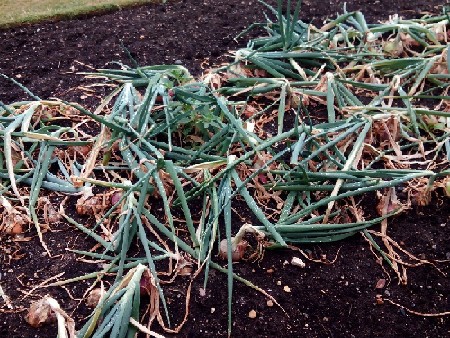
To prevent the rise to premature flower, it will mainly be necessary to avoid excessive watering and fertilizers that are especially rich in nitrogen, use seeds that do not come from premature formation and not advance planting.
fungus on onions
Onions are usually quite susceptible to fungi, the ones that do the most damage are mildew and rust. As you know, fungi appear due to high temperatures and high humidity. These are generally installed in the leaves and stem causing the plant to grow more slowly and even in the most extreme cases it can die from not being able to carry out photosynthesis.
Also, in the case of onions, these fungi can be found in the soil, so the bulb would end up rotting completely. To avoid the appearance of fungi, we must water correctly, never flooding the soil and, if possible, do not use sprinkler irrigation or minimize the risk that the leaves end up wet.
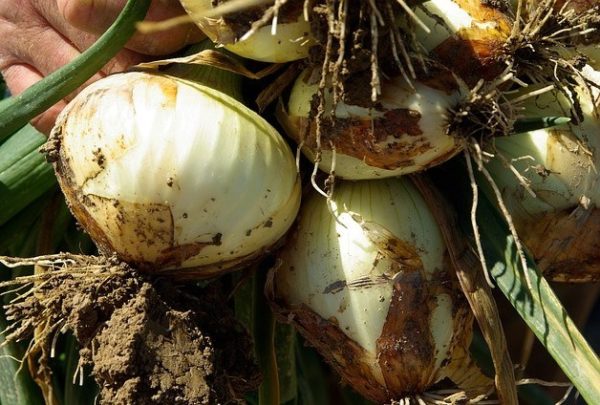
Promote drainage in the land, carry out crop rotations), remove all the remains of the crop once it has finished its cycle, use varieties that are more resistant to fungi, and healthy seeds.
In the event that we already have the fungus in the plantation, the ideal is to use ecological fungicides such as milk-based or horsetail. Bordeaux broth is another option that should be applied every two weeks. Remember that the treatments must be applied in the late afternoon so that they do not degrade with the sun.
References
- Ester, A., Vogel, R., Bouma, E. (1997). Controlling Thrips tabaci (Lind.) in leek by film-coating seeds with insecticides, Crop Protection,16 (7), 673-677.
- Debnath P, Mondal A, Hajra A, Das C, Mondal N (2018). Cytogenetic effects of silver and gold nanoparticles on Allium cepa roots. Journal of Genetic Engineering and Biotechnology.
- Sudha G, Ramesh P, Sekhar A, Krishna T, Bramhachari PV, Riazunnisa K (2018). Genetic diversity analysis of selected Onion (Allium cepa L.) germplasm using specific RAPD and ISSR polymorphism markers. Biocatalysis and Agricultural Biotechnology,17,110-118.
Agrohuerters do not hesitate to follow these tips, especially preventive treatments if you have onions in your garden.
Until next time!


